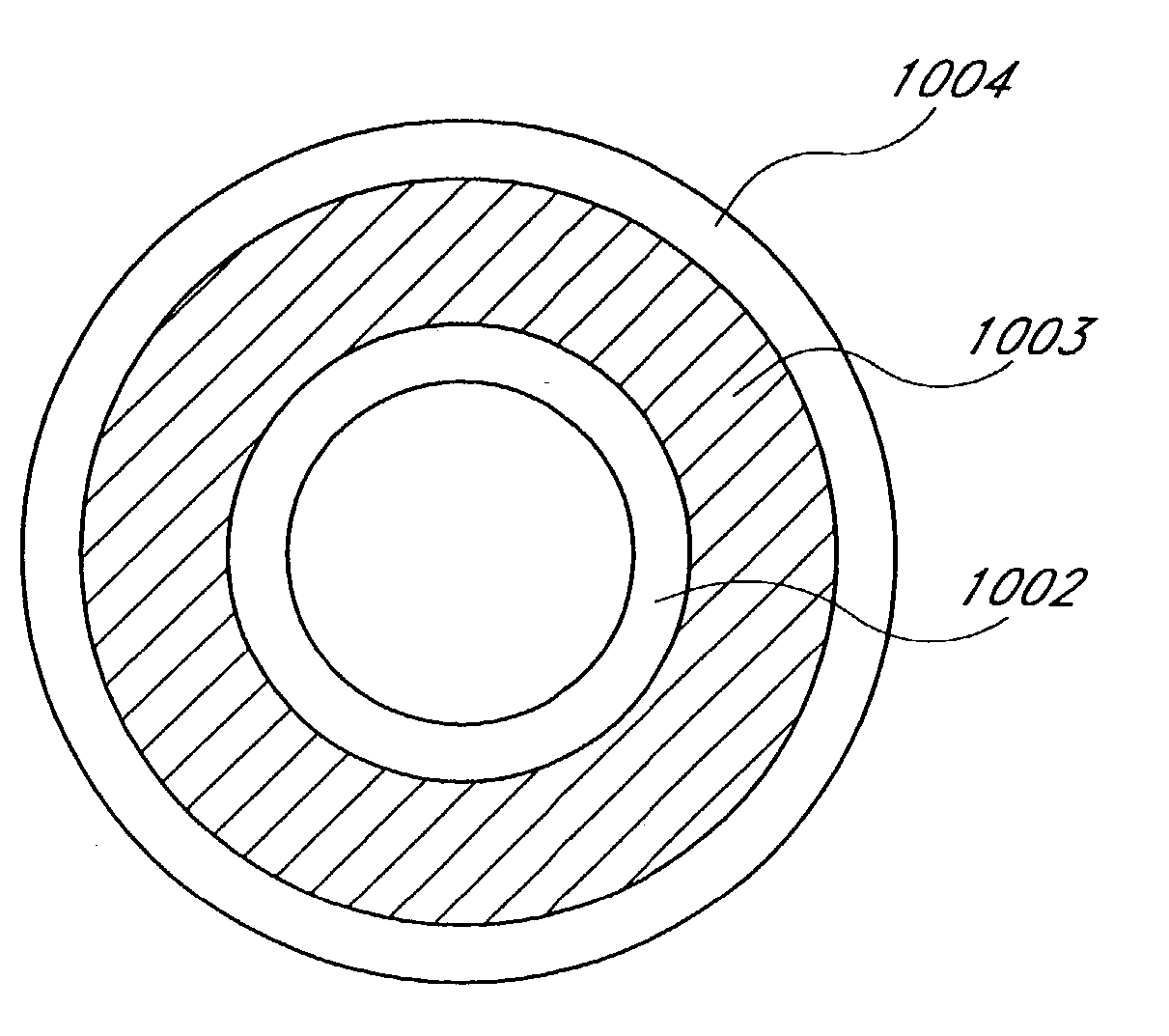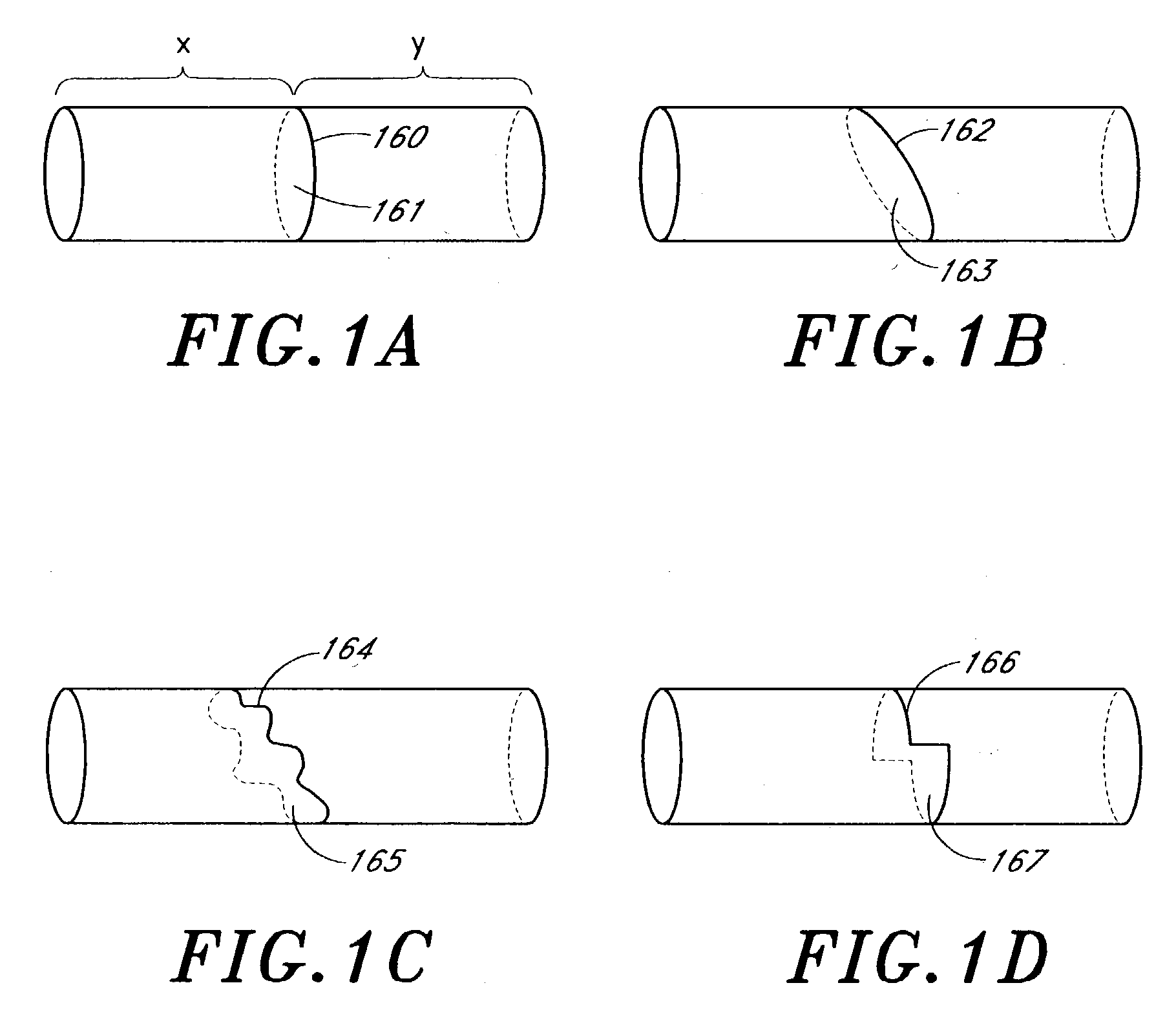Medical device with sensor cooperating with expandable member
a medical device and expandable member technology, applied in the field of medical devices, can solve the problems of proarrhythmia and long-term ineffectiveness, surgical "maze" procedures may be substantially efficacious, and are not generally believed to be entirely effective. , to achieve the effect of preventing atrial arrhythmia
- Summary
- Abstract
- Description
- Claims
- Application Information
AI Technical Summary
Benefits of technology
Problems solved by technology
Method used
Image
Examples
Embodiment Construction
[0159] The following describes several ablation devices of a medical device system. Several of the disclosed devices employ sensors (e.g., thermocouples, electrodes, etc.) used with an expandable member of the medical article to sense a variety of parameters relating to the progression and efficacy of the ablation process, and illustrate a variety of ways in which such sensors can be used with the expandable member.
[0160] Several of the disclosed devices also include a position monitoring system that allows a clinician to precisely locate a distal end of the medical device within a body space by using feedback information provided by the system. Such feedback information is indicative of the position of the distal end of the medical device within the body space. The following devices of the position monitoring system are particularly well suited for applications involving positioning an ablation member at an area where a pulmonary vein extends from a left atrium and relative to a ta...
PUM
| Property | Measurement | Unit |
|---|---|---|
| diameter | aaaaa | aaaaa |
| diameter | aaaaa | aaaaa |
| inner diameter | aaaaa | aaaaa |
Abstract
Description
Claims
Application Information
 Login to View More
Login to View More - R&D
- Intellectual Property
- Life Sciences
- Materials
- Tech Scout
- Unparalleled Data Quality
- Higher Quality Content
- 60% Fewer Hallucinations
Browse by: Latest US Patents, China's latest patents, Technical Efficacy Thesaurus, Application Domain, Technology Topic, Popular Technical Reports.
© 2025 PatSnap. All rights reserved.Legal|Privacy policy|Modern Slavery Act Transparency Statement|Sitemap|About US| Contact US: help@patsnap.com



